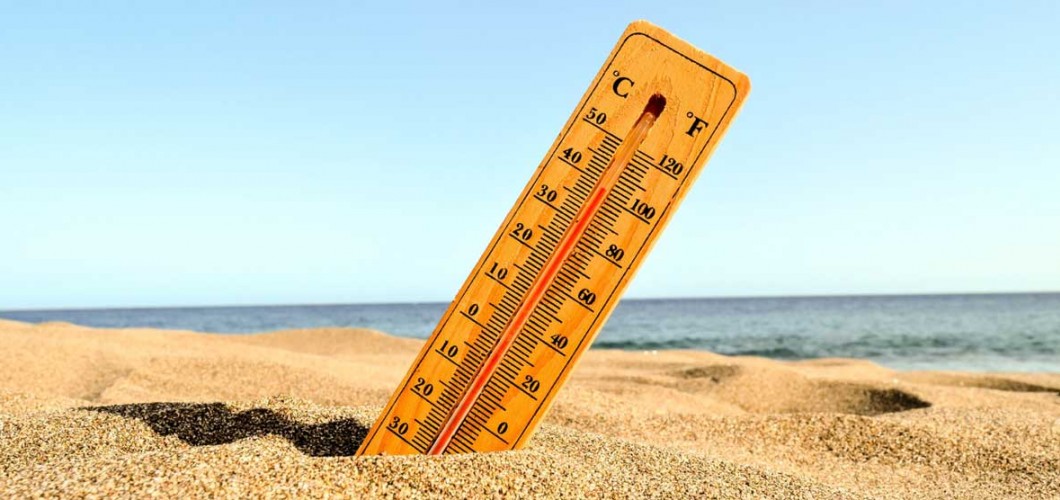
Heat Stroke and First Aid in High Temperatures
Reading Time: 15 minutes
During the summer months, high temperatures can make it difficult for the body to regulate its temperature, leading to serious health issues like heat stroke. Heat stroke occurs when the body becomes overheated, and if not treated promptly, it can cause severe organ damage or even death. In this article, we will define heat stroke, discuss its symptoms, and explain the first aid steps you should take in the event of heat stroke.
What is Heat Stroke?
Heat stroke is a medical emergency that occurs when the body becomes excessively hot due to prolonged exposure to high temperatures. It starts when the body’s temperature rises above 40°C (104°F), and the body struggles to cool itself. Heat stroke requires immediate medical attention, as it can cause permanent damage to vital organs if left untreated.
Risk Factors for Heat Stroke
Certain groups are at higher risk for heat stroke, including:
- Elderly and Children: These groups have a harder time regulating their body temperature.
- Intense Physical Activity: Prolonged physical exertion, especially in hot weather, can overwhelm the body's ability to cool down.
- High Humidity and Heat: High humidity levels make it harder for the body to sweat and cool down, increasing the risk of heat stroke.
- People with Chronic Health Conditions: Individuals with conditions such as heart disease, obesity, or diabetes may be more susceptible to heat stroke.
Symptoms of Heat Stroke
The symptoms of heat stroke can vary but often include:
- High Body Temperature (40°C or above): Heat stroke is characterized by an abnormally high body temperature.
- Dry and Red Skin: Sweating stops, and the skin becomes hot and dry.
- Dizziness and Mental Confusion: Individuals may experience confusion, disorientation, hallucinations, or loss of consciousness.
- Breathing Difficulties: Rapid breathing or shortness of breath can occur.
- Nausea and Vomiting: Heat stroke can cause gastrointestinal distress.
- Muscle Cramps: Intense heat may lead to cramps and muscle spasms.
- Excessive or Lack of Sweating: Either excessive sweating or a complete stop of sweating can occur.
First Aid Steps for Heat Stroke
Heat stroke is a medical emergency that can be life-threatening. Here are the first aid steps you should take to help the person in need:
1. Call for Emergency Help
Heat stroke requires immediate medical attention. Call emergency services right away and describe the situation, including the symptoms and location.
2. Move the Person to a Cooler Area
If the person is outdoors, move them to a shaded area or air-conditioned space. If possible, place them in a cool environment with a fan or air conditioning to lower their body temperature.
3. Cool the Person’s Body
The primary goal is to lower the person’s body temperature as quickly as possible. Here are ways to do that:
- Immerse in Cool Water: If available, immerse the person in cool (not ice-cold) water, or use cool, wet cloths to wipe their body.
- Cold Compress: Apply cold packs or ice wrapped in cloth to areas like the neck, armpits, and groin, where major blood vessels are located.
- Hydrate (If Conscious): If the person is conscious, offer them cool water to drink. If they are unable to drink, do not force water into their mouth.
4. Monitor Sweating
In some cases, the person may stop sweating, which can further hinder their body’s ability to cool down. If they are still sweating, you can continue to apply cool compresses or use a fan to help them cool down.
5. Check the Person’s Consciousness
Heat stroke can cause loss of consciousness. If the person is unconscious, check their pulse and breathing regularly. If the person is not breathing, begin CPR immediately and continue to monitor vital signs until professional help arrives.
6. Keep the Person Comfortable
Loosen tight clothing and ensure the person is in a comfortable position. If possible, expose the upper body to air, but be cautious with the person’s comfort and privacy.
When is Professional Help Needed?
Heat stroke is a serious medical condition that requires professional treatment. If the person’s body temperature exceeds 40°C (104°F), or if they lose consciousness, suffer confusion, or have difficulty breathing, professional medical help is essential. Call for emergency assistance and apply first aid until help arrives.
Preventive Measures for Heat Stroke
- Stay Hydrated: Drinking water regularly helps to maintain the body’s ability to regulate temperature.
- Avoid Being Outside During Peak Heat: Stay indoors or seek shade during the hottest hours of the day (12:00 PM - 4:00 PM).
- Wear Light Clothing: Wear loose, light-colored clothing made of breathable fabrics like cotton.
- Rest in Shaded Areas: If you’re engaging in outdoor activities, take regular breaks in the shade or in a cooler environment.
- Limit Physical Exertion: Avoid strenuous activities during the hottest parts of the day.
Conclusion
Heat stroke is a potentially life-threatening condition caused by prolonged exposure to high temperatures. Recognizing the symptoms and knowing how to apply first aid immediately can save a person’s life and reduce the risk of serious health complications. Remember, always call for emergency assistance if someone is experiencing heat stroke and take swift action to cool them down.

Leave a Comment